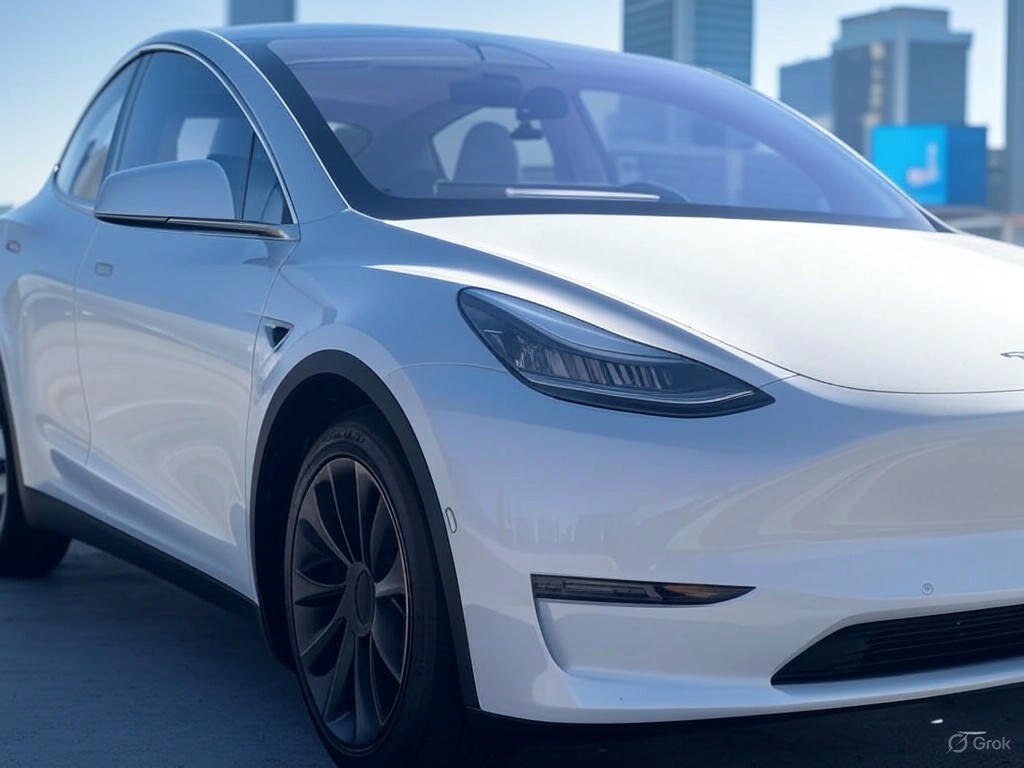Tesla’s Robo-Taxi Revolution: A New Era of Autonomous Travel Begins
In a groundbreaking move that could reshape urban transportation, Tesla is set to unveil its much-anticipated robo-taxi service in just two days. This innovative venture promises to blend cutting-edge autonomous technology with human oversight, marking a significant step forward in the race to perfect self-driving vehicles. As cities grapple with traffic congestion and environmental concerns, Tesla’s latest offering might just be the solution many have been waiting for.
The upcoming launch, slated for June 22, 2025, will introduce a fleet of electric vehicles designed to operate without a traditional driver. However, in a bid to prioritize safety and build public trust, each robo-taxi will include a human safety monitor. These trained professionals will be onboard to intervene if the autonomous system encounters unexpected challenges or if passengers require assistance. This hybrid approach aims to address lingering concerns about the reliability of self-driving technology while showcasing Tesla’s confidence in its advanced AI systems. Industry experts believe this cautious rollout could pave the way for fully autonomous fleets in the near future.
Tesla’s foray into the robo-taxi market is not just about technology; it’s also a bold business strategy. By entering the ride-sharing space, the company is positioning itself as a direct competitor to established players like Uber and Lyft. Unlike its rivals, Tesla’s service will leverage its own fleet of vehicles, potentially reducing operational costs and offering a seamless, eco-friendly alternative for commuters. Analysts predict that this move could significantly boost Tesla’s revenue streams, especially as consumer demand for sustainable transportation continues to rise. Furthermore, the data collected from these robo-taxis could refine Tesla’s autonomous driving algorithms, creating a feedback loop that enhances both safety and efficiency over time.
Public reaction to the announcement has been mixed. While tech enthusiasts and environmental advocates are eager to see autonomous electric vehicles hit the streets, skeptics remain wary of potential glitches or safety risks. High-profile accidents involving self-driving cars in the past have left a lasting impression, and Tesla will need to demonstrate that its systems are robust enough to handle real-world complexities. The presence of human monitors is a reassuring step, but it also raises questions about the long-term viability of such a model. Will these safety personnel eventually become obsolete as the technology matures, or will they remain a permanent fixture in Tesla’s vision of the future?
As the launch date approaches, all eyes are on Tesla to deliver on its promises. This robo-taxi initiative is more than just a product rollout; it’s a glimpse into the future of mobility. If successful, it could inspire other automakers to accelerate their own autonomous projects, potentially transforming how we navigate our cities. For now, the world waits to see if Tesla can steer the industry into uncharted territory, proving that the dream of driverless travel is closer than ever.


